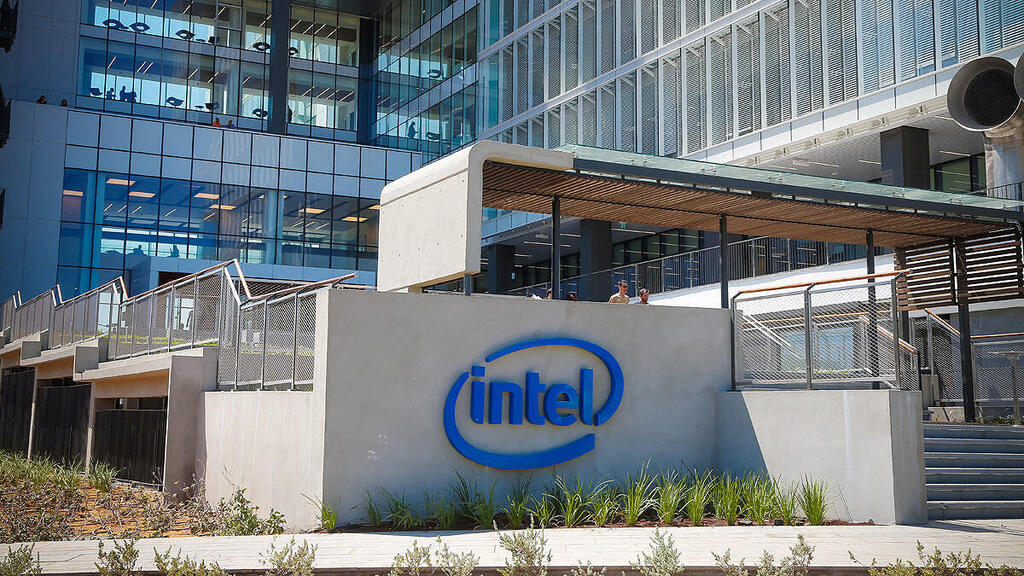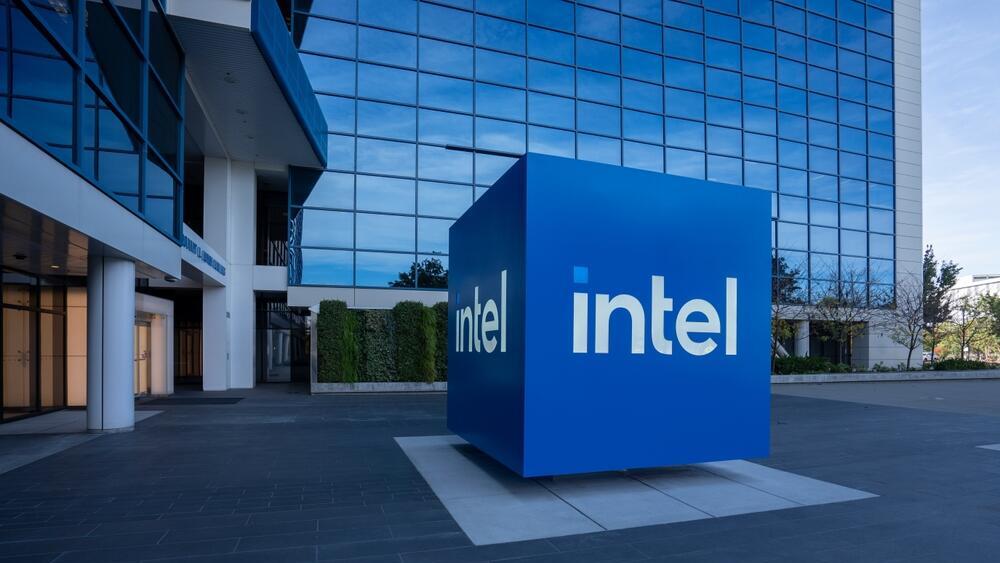In December 2020, Amazon made a high-profile announcement that it would use Gaudi chips from the Israeli startup Habana Labs to train its large language models (LLMs) in the cloud. At the time, generative AI was not yet a mainstream term, but this development was a significant milestone in the industry.
Intel, which had acquired Habana for $2 billion the previous year, proudly touted the deal as “the first crack at Nvidia’s dominance in GPUs.” Back then, Intel and Amazon were the dominant forces in the market, while Nvidia was primarily known for its graphics processors, popular among gamers. However, Intel’s concerns about its rising competitors were already apparent. Few could have predicted that just a few years later, Nvidia would surge to a $3.5 trillion valuation as the world’s most valuable company, while Intel would be worth just $80 billion.
Last week, amid disappointing financial results, Intel announced that its next-generation Habana processor, Falcon Shores, had received negative feedback from customers and would not be released commercially. This followed an earlier announcement about six months ago, revealing that Gaudi had failed to meet the projected $500 million revenue target for 2024. Consequently, Intel decided against developing future Gaudi generations beyond the existing Gaudi 3. This effectively sealed Habana Labs’ fate, adding it to Intel’s long list of failed acquisitions. While such an outcome might not be unusual for Intel, it was an unexpected setback for Avigdor Willenz, the Israeli entrepreneur behind Habana Labs.
Willenz, regarded as a visionary in the semiconductor industry, has an impressive track record of successful exits. His past deals include the $2.7 billion sale of Galileo to Marvell in 2000, a transaction that significantly strengthened Marvell’s market position. He also sold Annapurna Labs to Amazon for $350 million—a relatively modest amount compared to its current strategic importance in Amazon’s cloud infrastructure.
More recently, he was one of the founders and early investors in Astera Labs, a U.S.-based company that went public last year at a $5.5 billion valuation and is now worth $16 billion. Given his history of success, Habana Labs’ failure stands out as a rare misstep and raises the question: What went wrong? The simple answer appears to be Intel itself and its well-documented difficulties in managing acquisitions.
Even before the disappointing announcements regarding Gaudi and Falcon Shores, Habana Labs had already collapsed. By 2024, nearly all of its original founders, managers, and engineers had departed from Intel, most of them leaving as soon as their four-year retention period ended. Many did not even wait for Intel’s voluntary retirement plan.
Today, almost none of Habana’s original hardware engineers remain at Intel. Aware of its difficulties in successfully integrating acquisitions, Intel had previously attempted to keep acquired companies as independent entities. It applied this strategy to Mobileye before ultimately deciding the structure was ineffective and spinning it off as a public company. Similarly, Habana Labs was initially kept separate but was eventually dismantled and absorbed into Intel’s broader operations last year.
Get the Ynetnews app on your smartphone: Google Play: https://bit.ly/4eJ37pE | Apple App Store: https://bit.ly/3ZL7iNv
As with many failed acquisitions, things started optimistically. Unlike its past missteps—such as missing the mobile revolution—Intel correctly recognized AI as the future. Five years ago, it projected that AI processors would generate $25 billion in revenue by 2024, a target that remains far from reality. As part of its AI expansion, Intel acquired the startup Nervana for $400 million. Nervana specialized in processors designed for training language models, but Intel soon realized it had backed the wrong technology. In 2017, as Nvidia rapidly advanced in GPUs, Intel recruited former AMD executive Raja Koduri to lead its AI efforts. However, customer feedback was consistently negative—Intel’s processors lacked the necessary power and failed to meet market expectations.
Determined to make a bold move in AI, Intel sought a transformative acquisition. It attempted to buy Mellanox but balked at paying the $7 billion that Nvidia ultimately offered, a deal that stunned the industry. Nvidia CEO Jensen Huang recognized Mellanox’s strategic importance, while Intel hesitated. After losing out, Intel turned to the next best option recommended by customers seeking AI processing alternatives: Habana Labs.
Founded in 2016 by David Dahan and Ran Halutz—both veterans of PrimeSense, the Israeli company behind Apple’s facial recognition technology—Habana had already developed a functional AI training processor, Gaudi. Unlike Nvidia’s GPUs, Gaudi was based on a different architecture, and Amazon later claimed it was 40% more efficient than Nvidia’s offering. At the time, Amazon was rumored to be considering acquiring Habana, but Intel, eager to recover from the Mellanox setback, outbid potential competitors.
It finalized the acquisition in 2020, at the height of the COVID-19 pandemic, while simultaneously shutting down Nervana. Nvidia closed its Mellanox acquisition around the same time, but the two Israeli companies’ trajectories diverged sharply. Nvidia successfully integrated Mellanox, which now generates more than $13 billion in annual revenue and employs thousands in Israel. In contrast, Habana Labs floundered under Intel’s leadership.
Sources who spoke with Calcalist about Habana’s decline unanimously blamed Intel’s mismanagement, pointing to its fragmented AI strategy and lack of commitment to a single approach. Some believe Intel acquired Habana merely to mask Nervana’s failure and reassure investors of its AI ambitions—without a genuine plan to position Habana as a serious Nvidia competitor. Intel’s internal structure reinforced this perception: instead of placing Habana under Koduri’s GPU division (AXG), it was assigned to the data platform group (DPG). Koduri, a high-profile Intel hire, commanded substantial influence and reportedly secured the majority of development and marketing resources.
"From the moment the Habana acquisition was completed, people inside Intel couldn’t understand why the company was running both Habana and the GPU division, which were developing competing architectures," said a former Intel executive. Former Habana employees also pointed to Intel’s slow-moving bureaucracy as a major roadblock. "At Habana, we could make a decision in a five-minute hallway conversation. At Intel, that same decision required three meetings with dozens of participants, and nothing moved forward," one former Habana employee recalled.
Until 2022, Intel pursued both strategies simultaneously—selling Gaudi processors while also developing its rival GPU, Ponte Vecchio. However, with the rise of ChatGPT and generative AI, Nvidia’s market dominance became undeniable, and Intel once again faced negative customer feedback. Ponte Vecchio was discontinued in 2024, just two years after its launch. Later that year, Intel announced it would not develop future Gaudi generations. In 2022, following Koduri’s departure, Intel attempted to consolidate its efforts by merging Habana and the GPU division to develop a new AI processor, Falcon Shores—a hybrid chip combining a GPU (like Nvidia’s) with a CPU (Intel’s strength). At Habana, the move was met with skepticism and dry humor: "Suddenly, they remembered us," some employees joked.
Now, Falcon Shores has failed to meet expectations and will be used only for Intel’s internal testing. The company is shifting focus to a new chip, Jaguar Shores, in an effort to leapfrog multiple generations and catch up with Nvidia. However, industry experts doubt Intel’s ability to close the gap. Nvidia has spent two decades refining its AI processors, while Intel has only recently recognized the opportunity—arriving late, like a sluggish hippopotamus in a sprinting contest.
Meanwhile, the former Habana team, along with Willenz, has already moved on to a new AI venture from offices in Tel Aviv. They can hardly complain—Intel paid in cash, and estimates suggest Willenz, the founders, and Habana’s 100 employees collectively received around $1 billion. Yet despite the financial windfall, Habana’s failure marks a rare blemish on Willenz’s record and, more importantly, a missed opportunity for Israel. With better execution, Habana could have formed the foundation of Intel’s AI strategy instead of becoming another casualty of its troubled acquisition history.
Intel said in response: "Our AI opportunity is centered on solving our customers' most pressing challenges, particularly reducing compute costs and increasing efficiency. A one-size-fits-all approach will not suffice. Instead, we see clear opportunities to leverage our core and existing assets in new ways with the goal of delivering the most compelling total cost of ownership across this continuum.
"Following customer feedback and market dynamics, we are planning to leverage Falcon Shores as an internal test chip and instead focus resources to bringing Jaguar Shores to market. As the foundation of Jaguar Shores, Falcon Shores remains critical to our significant work and its learnings will feed directly into Jaguar Shores."




